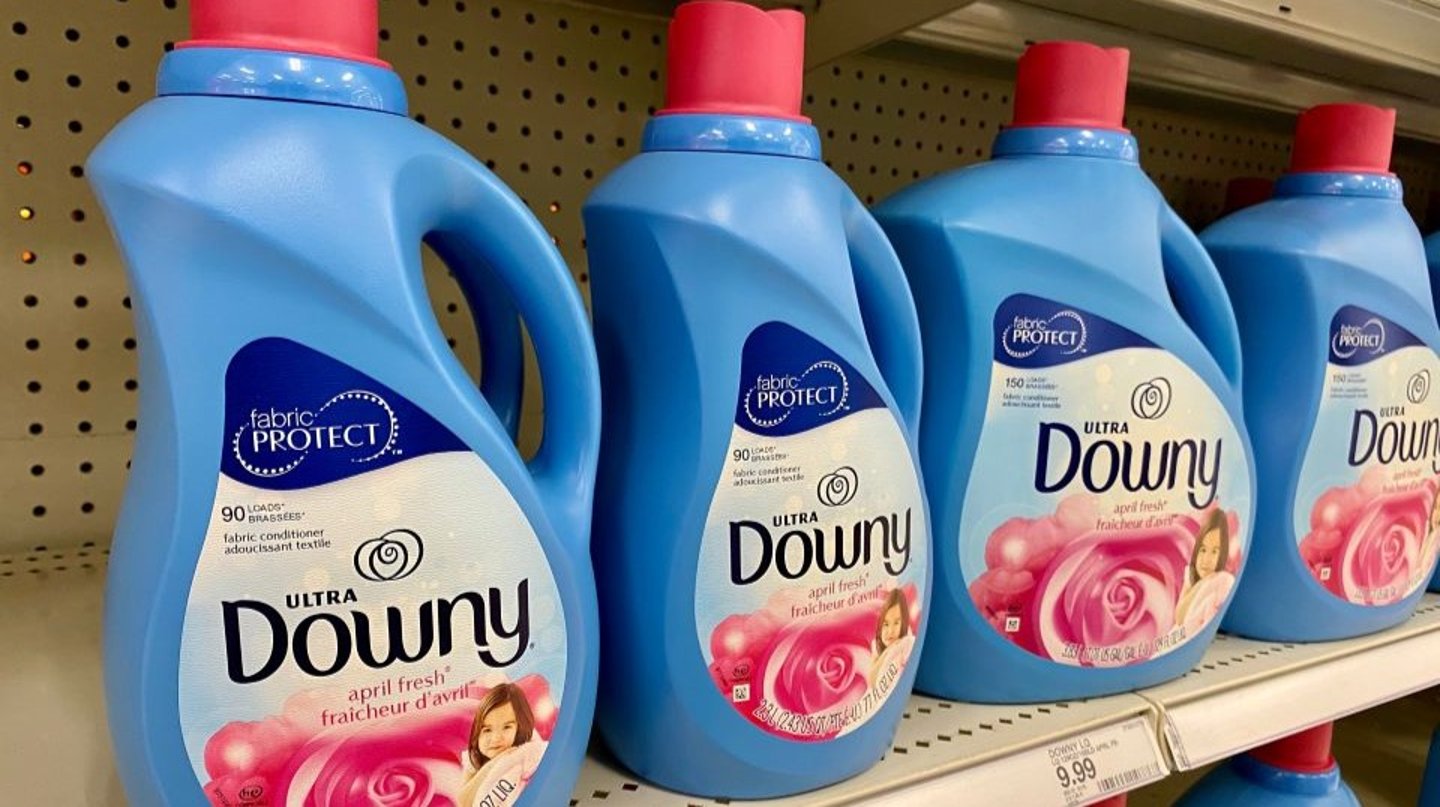How P&G Supply Chain 3.0 Pilots Are Slashing Costs and Increasing Productivity
As part of Procter & Gamble’s supply chain 3.0 initiatives, the company has launched a series of transportation pilots that leverage automation and sustainable practices to increase productivity and lower costs.
The goal, according to COO Shailesh Jejurikar during the dbAccess Global Consumer Conference, is to implement end-to-end transformation rather than simply optimizing each piece, and the shift includes both physical flows and changes related to data to unlock value and enable consistent productivity savings.
“It's an optimized, sustainable, and flexible supply chain amplified by data and analytics,” he said.
- Also read: P&G Details Cost-Cutting Productivity Enhancements Across Supply Chain, R&D, and Marketing
Slashing Empty Miles
The company partnered with a Canadian retailer to eliminate empty miles or trucks traveling with no load or product. It had the retailer pick up a shipment for a store near a P&G plant and then deliver it to the closest distribution center. By integrating P&G’s transportation network, the company reduced its own costs and increased driving profitability for the retailer.
“The results of our pilot indicate an opportunity to reduce 100% of the empty miles, nearly 50% of the total miles while also reducing transportation emissions,” said Jejurikar. “We see this approach as a win for the retailer, P&G, and the environment, while also helping us ensure on-shelf availability for the consumers.”
Driverless Trucks
In North America, the company is piloting the use of driverless trucks. It tested this transportation between a plant and warehouse on a private road covering over 320 miles across 145 trips. P&G will be using these insights to plan more comprehensive tests in the future.
“Automation technologies will play a key role in accelerating our supply chain progress as we aim to deliver supply assurance and significant long-term productivity savings, while also driving improvements in safety, quality, and service,” said Jejurikar.
Robotic Truck Unloading
The company is testing autonomous mobile robots at one of its mixing centers that look to load or unload a truck within 30 minutes on average, compared to the 45 to 60 minutes it takes today.
“We've also become much more efficient in how we are managing certified receiving. We certify P&G deliveries prior to shipping to retailers, which expedites the check-in process when a P&G load arrives,” said Jejurikar. “This enables low-touch and no-count receipts, which improves truck flows, labor savings, and cash productivity.”
Supply Chain Transformation
Much of these efforts are mixing center automation with data synchronization, according to the company, and some areas of business are already seeing results.
In the company’s India-based business, for example, P&G reports an increase of $400 million in sales from 2019 to 2024 due to supply chain 3.0 initiatives.
The transformation strategies included geotagged deliveries to allow P&G to gather daily data about its systems via a cloud computing platform, as well as a move to an AI- and machine learning-powered ordering solution for distributors.
This has helped the company predict distributor shipments and replenishment allocation across different distributors.
“We have an ambitious program in place that is transforming our supply chain,” said Jejurikar. “The improvements we have made in our systems over the past few years have provided rich learnings we continue to build upon.”






